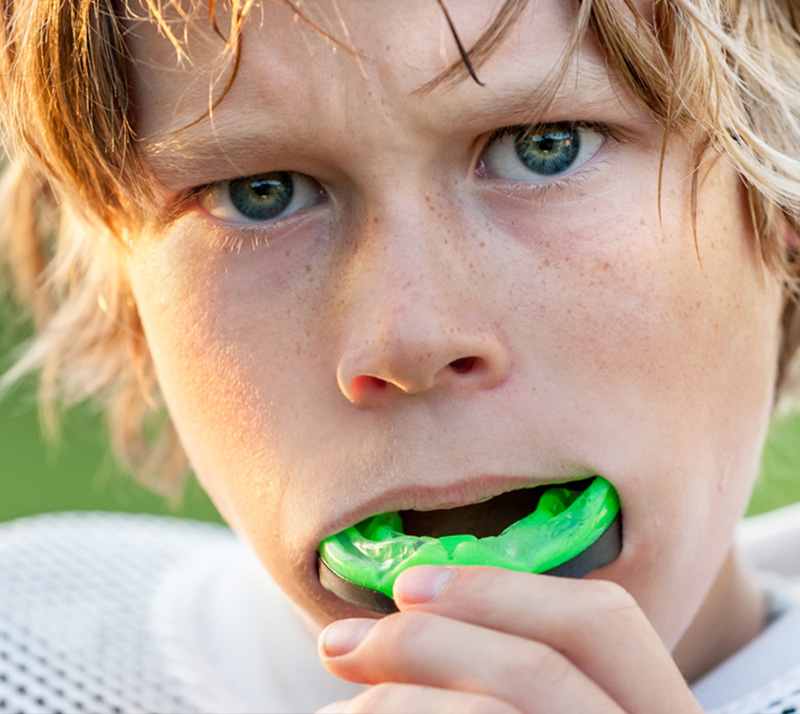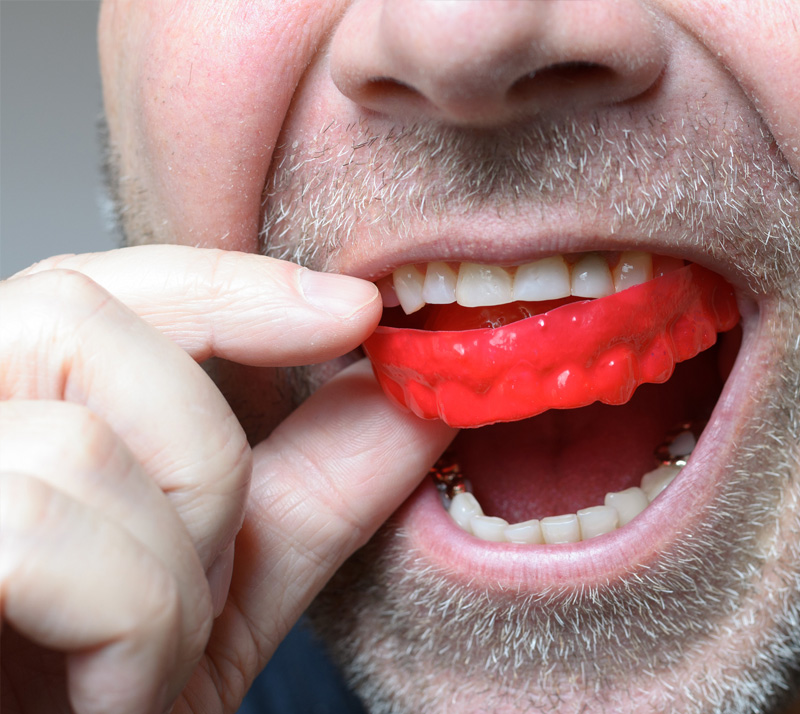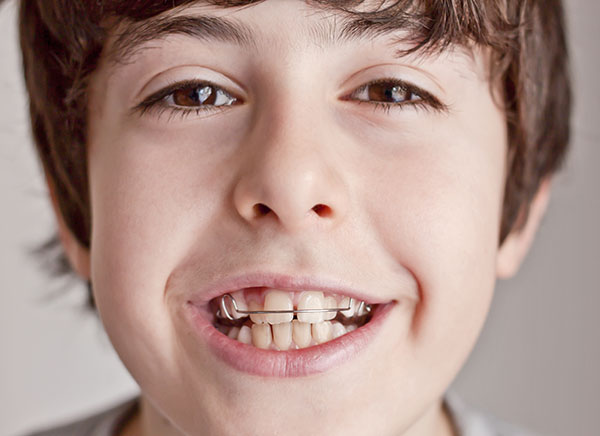Dental Guards and Appliances Near You
The most common causes of tooth injury include bruxism (teeth grinding at night) and sports-related injuries. Mouthguards and appliances help protect your teeth from teeth grinding at night as well as from contact sports. At Wharncliffe Family Dental, we offer a couple of different guards and appliances to protect your teeth from the harmful effects of temporomandibular disorder (TMD) or impact during sports.
Night Guards
Bruxism is a condition that causes patients to clench or grind their teeth at night. The long-term effects of bruxism include problems in the jaw joint and also severe tooth damage. When receiving night guards in North London, your dentist will take impressions of your teeth to fabricate custom guards, so they fit securely over your teeth. The purpose of night guards is to have a barrier that prevents your teeth from touching, which will stop the grinding of your teeth.


Sports Mouth Guards
Sports guards are an essential part of protecting your teeth from injuries. When wearing a sports mouth guard, it acts as a cushion and protects your teeth from impact. Sports mouth guards protect your teeth, lips, jaw, and tongue from injuries. Although there are many sports mouthguards on the market, receiving a custom sports mouthguard near you ensures that the mouth guard fits securely over your teeth and also provides durable protection.
Retainers
Retainers are most often used to maintain the position of your teeth after braces are removed. Once an orthodontist removes your braces, your teeth may begin to shift back to their original position. To prevent this, your orthodontist will likely recommend you wear a retainer after your braces come off for several months to a year. Be sure to ask about the specific length of time you’ll need to wear a retainer for it to be effective, as treatment times vary.
Another use for retainers is to slowly move the teeth into a more desirable position. However, they can only be used for small corrections that don’t require traditional orthodontic treatments, such as braces.
In some cases, orthodontic patients will only be given a single retainer for the top arch of teeth or the bottom arch of teeth. In other cases, retainers for both the top and bottom arches might be necessary.
